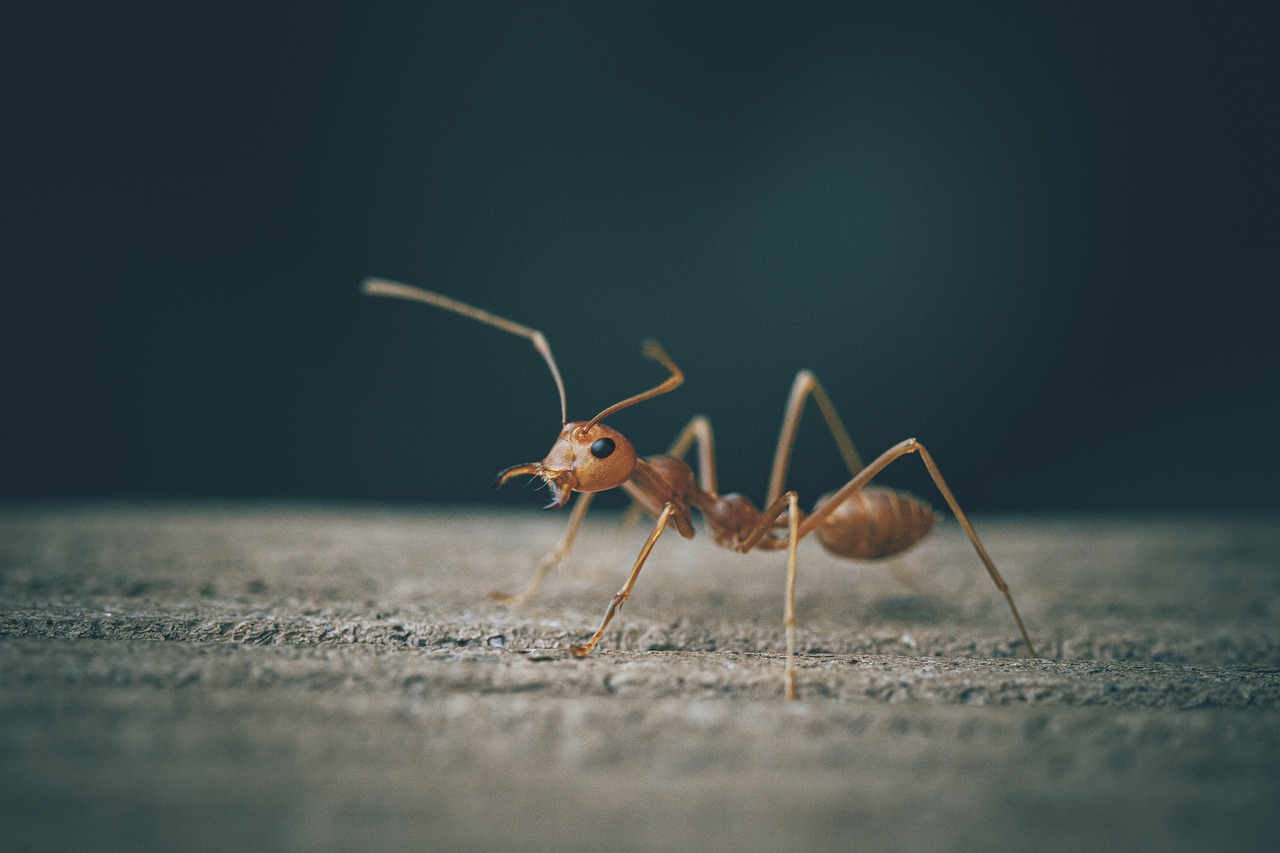
Vocabulary:
I will read the words, meanings, and sample sentences. Then, repeat after me.
- amputation /am-pyoo-TAY-shn/
- comrade /KOM-rad/
- vigorously /VIG-er-uhs-lee/
- entomologist /en-tuh-MOL-uh-jist/
- empathy /EM-puh-thee/
[noun] – surgical procedures to remove damaged limbs or body parts, usually due to injury or infection
Limb amputations are sometimes necessary after severe accidents.
[noun] – a friend or trusted companion, esp. one with whom you have been involved in difficult or dangerous activities
She found a loyal comrade in her longtime hiking partner.
[adverb] – in a way that is very forceful or energetic
She vigorously scrubbed the kitchen floor until it sparkled.
[noun] – a person who studies insects
The entomologist discovered a new species of butterfly in the rainforest.
[noun] – the ability to understand and share the feelings of another
Her empathy for animals led her to become a veterinarian.
Article reading:
Please read the whole article. Then, I will check your pronunciation and intonation.
In the field of biology, limb amputations are surgical procedures used to remove damaged limbs due to severe injuries or infections. This practice is not unique to humans; recent research reveals that certain ants also perform amputations on injured comrades to enhance their chances of survival. The study focused on Florida carpenter ants, scientifically known as Camponotus floridanus, found in the southeastern United States. These reddish-brown ants, over half an inch (1.5 cm) long, live in rotting wood and vigorously defend their nests against rival colonies.
Researchers observed ants caring for injured nestmates by either cleaning wounds with their mouthparts or biting off damaged limbs. The decision to amputate depended on where the injury was located; they typically removed limbs higher up but rarely did so for injuries lower down. This behavior, described in a study in the journal Current Biology by entomologist Erik Frank from the University of Würzburg, Germany, is the first evidence of animals besides humans using amputation to help injured peers. Frank noted that this “medical system” shows a level of sophistication comparable to human medicine. The ants’ decision-making involves considering the flow of hemolymph, an insect’s equivalent of blood, which affects the success of amputations. Injuries higher up the leg allow more time for effective treatment due to slower hemolymph flow, whereas lower leg injuries face quicker infection, making amputations less effective. Despite the lack of antibiotic gland secretions seen in other ants, these ants achieve high survival rates through careful wound care and strategic amputations. This study not only showcases their remarkable behavior but also challenges understanding empathy in animals, highlighting evolutionary strategies for colony survival.
Researchers observed ants caring for injured nestmates by either cleaning wounds with their mouthparts or biting off damaged limbs. The decision to amputate depended on where the injury was located; they typically removed limbs higher up but rarely did so for injuries lower down. This behavior, described in a study in the journal Current Biology by entomologist Erik Frank from the University of Würzburg, Germany, is the first evidence of animals besides humans using amputation to help injured peers. Frank noted that this “medical system” shows a level of sophistication comparable to human medicine. The ants’ decision-making involves considering the flow of hemolymph, an insect’s equivalent of blood, which affects the success of amputations. Injuries higher up the leg allow more time for effective treatment due to slower hemolymph flow, whereas lower leg injuries face quicker infection, making amputations less effective. Despite the lack of antibiotic gland secretions seen in other ants, these ants achieve high survival rates through careful wound care and strategic amputations. This study not only showcases their remarkable behavior but also challenges understanding empathy in animals, highlighting evolutionary strategies for colony survival.
Discussion Questions:
I will read each question. Then, please answer them.
- Have you ever witnessed an animal helping another injured animal? If so, what did you observe? If not, what are your thoughts about animals helping injured members of their group, like the ants in the article?
- Have you ever observed ants or other animals in your environment? If yes, what did you notice about their behavior? If not, what animals do you think are interesting to observe in their natural habitats?
- Do you agree that studying animal behaviors like these can help us understand more about empathy in animals?
- What do you think scientists can learn from studying ants’ behavior of amputating injured limbs?
- Why do you think it’s important to understand how animals like ants care for injured members?
Summarization
Please summarize the whole article using your own words and expressions. You will have one minute to prepare before you answer.
Describe:
Please explain the definition of each word listed below based on your understanding. You can provide example sentences if needed.
- injury
- survival
- infection
- medical system
- decision-making